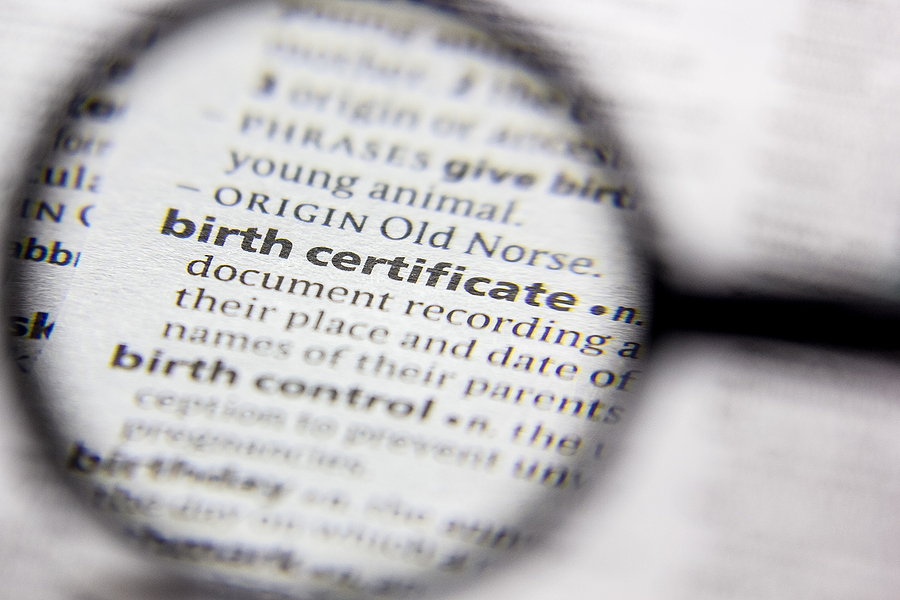Quick Quote
Archives
- November 2023
- October 2023
- September 2023
- August 2023
- July 2023
- June 2023
- May 2023
- April 2023
- March 2023
- February 2023
- January 2023
- December 2022
- November 2022
- October 2022
- September 2022
- August 2022
- July 2022
- June 2022
- May 2022
- April 2022
- March 2022
- February 2022
- January 2022
- December 2021
- November 2021
- October 2021
- September 2021
- July 2021
- June 2021
- April 2021
- March 2021
- February 2021
- December 2020
- October 2020
- August 2020
- July 2020
- June 2020
- May 2020
- April 2020
- March 2020
- February 2020
- January 2020
- November 2019
- October 2019
- September 2019
- August 2019
- July 2019
- June 2019
- May 2019
- April 2019
- March 2019
- February 2019
- January 2019
- December 2018
- November 2018
- October 2018
- September 2018
- August 2018
- July 2018
- June 2018
- May 2018
- April 2018
- March 2018
- February 2018
- January 2018
- December 2017
- November 2017
- October 2017
- September 2017
- August 2017
- July 2017
- June 2017
- May 2017
- April 2017
- March 2017
- February 2017
- January 2017
- December 2016
- November 2016
- October 2016
- September 2016
- August 2016
- July 2016
- June 2016
- May 2016
- April 2016
- March 2016
- February 2016
- January 2016
- December 2015
- November 2015
- October 2015
- September 2015
- August 2015
- July 2015
- June 2015
- May 2015
- April 2015
- March 2015
- February 2015
- January 2015
- December 2014
- November 2014
- October 2014
- August 2014
- July 2014
- June 2014
The Basics of Audio Translation
There are many translation services in Australia that do audio translations. This basically involves subtitling and voice-over services. This translation process is becoming more and more popular as localization of webpage content and other marketing material to be effective needs to be translated into the most commonly used languages. Many businesses see no reason why they should use a human translator for translating their voice-over input on their websites or their video descriptions. They simply use machine translation options. As you can imagine, video content presented by a company manager or key employee is usually spoken in relation to the idiosyncrasies of the product that is being marketed. Machine translations don’t fully understand language subtleties or idioms used by these key people so can never fully translate a video discussion about a product. It will be a long time yet before machines are able to adapt humour and colloquialisms that are embedded in audio and video presentations. For example, subtle humour is often specific to a particular person which is almost impossible to input into a machine translator programme. However a competent translation services can quickly pick up the innuendos and idioms and translate audio presentations in the right language. Apart from voice-overs and online video-audio presentations there are a multitude of situations where an audio presentation may be required in a number of different languages and the user can switch the presentation to their preferred language. A good example is at an iconic cultural site such as Uluru in Australia or an historic site like Stonehenge in Britain which visitors speaking scores of different languages visit on a daily basis. This sort of audio translation can be done well by a number of translators working together to ensure the tone of the audio presentation is representative of the original language. Some of the common languages such as English, German, French, Italian and Spanish can normally be accessed these days on voice-overs and online video-presentations or in museums around the world. Increasingly, languages such as Chinese, Russian and Arabic are becoming integrated into various multi-language audio presentations around the world. If you are thinking about adding audio translations to your advertising material you do need to take into account that translations vary in length depending on the language. For example, English is a relatively short language while German is considered to be a ‘long’ language. This is particularly important in a PowerPoint presentation where the audio translation has to match the sequencing of the slides. Your professional translation services will be able to explain to you the intricacies of audio translation and provide a group of experienced audio translators to do the translations for you.
Post navigation
← Previous Next →Comments are closed.







